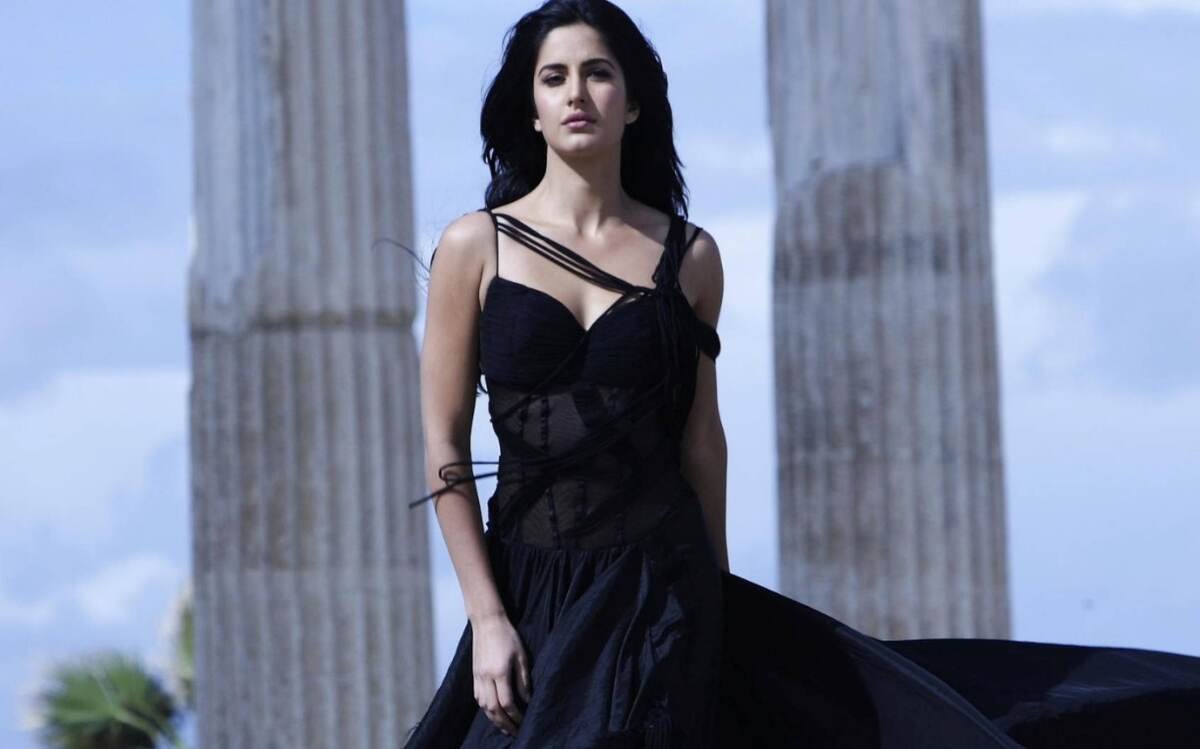Netflix is once again plunging audiences into the perilous, surreal, and emotionally charged world of Alice in Borderland with the release of its much-anticipated third season on September 25. The Japanese sci-fi survival series, based on Haro Aso’s best-selling manga, has become a defining global success story for the platform, shattering records and elevating Japanese live-action storytelling to unprecedented international acclaim.
With its combination of high-stakes survival games, complex psychological drama, and philosophical undertones about life, death, and human resilience, Alice in Borderland has captured the imagination of viewers far beyond Japan. As the story pushes into darker, more introspective territory in its third season, the stars of the show—Kento Yamazaki (Arisu) and Tao Tsuchiya (Usagi)—reflect on the heavy trauma depicted on screen, the challenges of carrying those emotions as actors, and the global phenomenon the series has become.
A Global Phenomenon Born in Japan
When Netflix first released Alice in Borderland in 2020, it was a gamble. Adaptations of manga into live-action series often divide fans, especially when attempting to balance fidelity to the source material with the demands of global streaming audiences. Yet, from its debut, the series struck a chord.
According to Netflix, the second season, released in December 2022, accumulated over 200 million viewing hours in just four weeks. It also landed in the streamer’s Top 10 charts across more than 90 countries, cementing its place as Netflix’s most-watched Japanese series to date. The appetite for manga-based dramas and the “death game” genre was already well established thanks to titles like Squid Game, but Alice in Borderland carved its own identity—rooted in Japan’s storytelling tradition while tackling universal themes of human survival and morality.
Reflecting on the show’s global reach, Yamazaki admitted:
“I was surprised at the beginning, but I’m elated that global fans have embraced this show. Even from season one, we had this resolve to create something for the global audience. So I’m happy that this passion has carried into season three.”
Tsuchiya added that the show’s themes transcend cultural boundaries:
“In Borderland, you can see reflections of your own society, your school, or even our world of acting. Survival is part of our lives, and in that way, the show is universal. I think that’s why audiences everywhere connected to it.”
Season 3: A Radical Shift in the Story
The upcoming season brings a dramatic twist to the saga of Arisu and Usagi. The logline reveals that the two awaken in a hospital after seemingly escaping the nightmare world of Borderland, only to realize they survived a devastating meteor strike in Shibuya. However, their memories of Borderland and its deadly games are erased.
The peace is short-lived. Usagi is abducted by a mysterious scholar obsessed with the afterlife, compelling Arisu to return to Borderland in search of her. This time, however, the journey introduces new players, dangerous alliances, and the ominous “Joker” stage, a level that pushes the stakes higher than ever.
Director Shinsuke Sato, who has helmed the series since its inception, returns to ensure continuity of tone and vision, while new cast members—including Hayato Isomura, Ayaka Miyoshi, and Kento Kaku—add fresh dynamics to the narrative.
For Tsuchiya, the shift in storytelling felt both challenging and invigorating:
“When season two wrapped, I thought it was the perfect ending. So when they told me about season three, I was surprised. But this time, Usagi is pregnant, which opens a completely different story. It’s not just about the survival of the leads anymore—it’s about a family, about a child who deserves to return to the normal world.”
The Emotional Weight of Trauma
One of the series’ defining characteristics is its unflinching confrontation with trauma—whether from the brutal games themselves, the constant proximity of death, or the grief of losing friends along the way. Characters wrestle with despair, depression, and existential dread, themes rarely presented so explicitly in mainstream Japanese dramas.
For the actors, embodying such dark emotional landscapes was not without cost.
Yamazaki recalled the strain:
“The material takes a toll on you. There were lots of challenges, but overcoming them gave me confidence. To know that the work moves global audiences makes it worth it. Season three feels like vindication that pushing through those dark moments had meaning.”
Tsuchiya agreed, noting the physical toll:
“When you put yourself in a dark place for too long, it can affect your health. On set, what kept us going was laughter. We laughed a lot with the crew, with each other. That balance made the work not just brutal, but filled with love too.”
This duality—where horror and hope coexist—has become one of the series’ hallmarks. Fans are drawn not only to the intensity of the games but also to the resilience and vulnerability of the characters navigating them.
Tokyo Launch: A Celebration of Borderland
Netflix underscored the importance of Alice in Borderland with a lavish Tokyo launch event earlier this month. The event featured a pop-up shop selling themed merchandise, interactive games for fans, and a red-carpet-style celebration that resembled a Hollywood premiere. Although no new footage was screened, the cast and creators took part in live Q&A sessions with fans, influencers, and the press.
Among the guests was AEW wrestling superstar Kenny Omega, who is fluent in Japanese and declared Alice in Borderland his favorite show. His presence highlighted the series’ cross-cultural appeal, bridging audiences from Japan to Western entertainment circles.
Carrying the Series for Five Years
With the show now entering its third season, Yamazaki and Tsuchiya have been attached to the project for over five years. For both actors, the journey has been transformative.
Yamazaki reflected on the pressure of returning:
“I’m a fan of the show myself. So making season three comes with pressure because the global audience loves it. But with such an incredible team, I was filled with joy on set. If there’s a chance for a fourth season or a spin-off, I’d definitely want to be part of it.”
Tsuchiya, however, noted the unexpected nature of continuing the story:
“Season two already felt like closure. But now with the new elements, like Usagi’s pregnancy, the story has shifted to something even more emotional. Exploring a family dimension could open new possibilities for the future.”
Trauma as Universal Language
Beyond its action sequences and clever game mechanics, Alice in Borderland resonates because of its exploration of trauma and recovery. Audiences worldwide see reflections of their own struggles in the series’ themes—whether it’s loss, resilience, or the search for meaning in chaotic times.
As Tsuchiya pointed out, survival isn’t just a fictional challenge within Borderland. It’s part of everyday life. By weaving such truths into its fantastical setting, the show becomes more than entertainment—it becomes a mirror.
Yamazaki summarized this connection best:
“Even when the story is set in a parallel world, it feels real. That’s why people everywhere respond. It’s not just a Japanese story; it’s everyone’s story.”
Looking Toward the Future
With the introduction of the Joker stage, new characters, and the emotional depth of Usagi’s pregnancy arc, season three of Alice in Borderland promises to expand both the scope and the heart of the series. Whether or not Netflix pursues a fourth season or spin-off, the show has already secured its legacy as a cultural milestone for Japanese live-action adaptations.
For Yamazaki and Tsuchiya, the journey has been as transformative off-screen as on-screen. Navigating the heavy emotional terrain of Borderland has tested their endurance, but it has also deepened their artistry and connection with fans around the world.
As Alice in Borderland season three debuts, audiences are reminded that even in worlds built on despair, laughter, love, and resilience can be the strongest survival tools of all.

